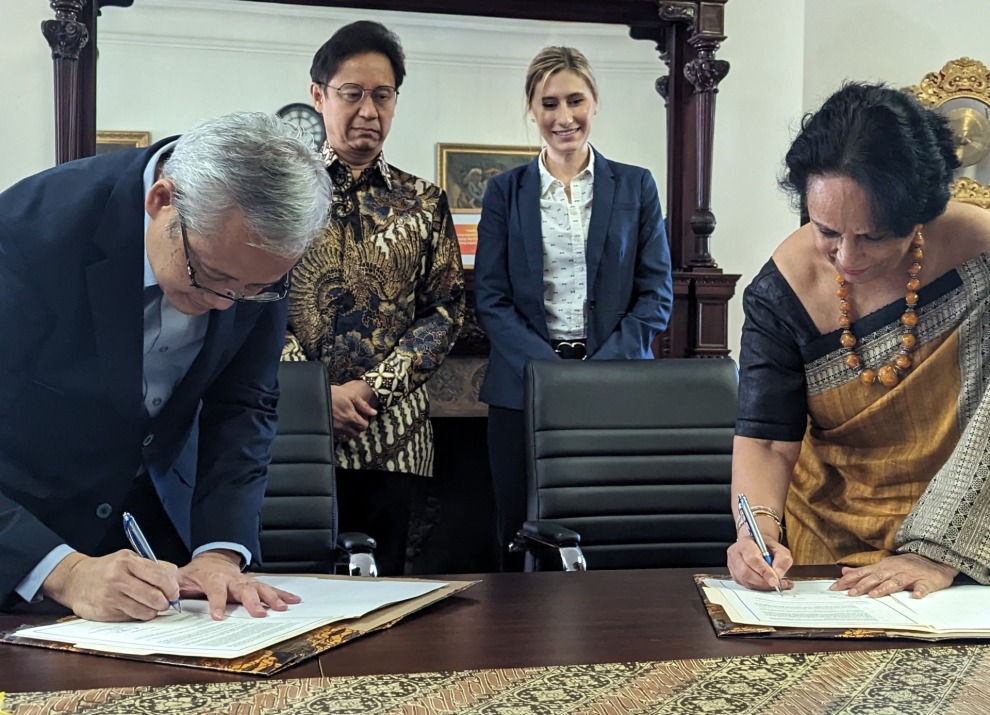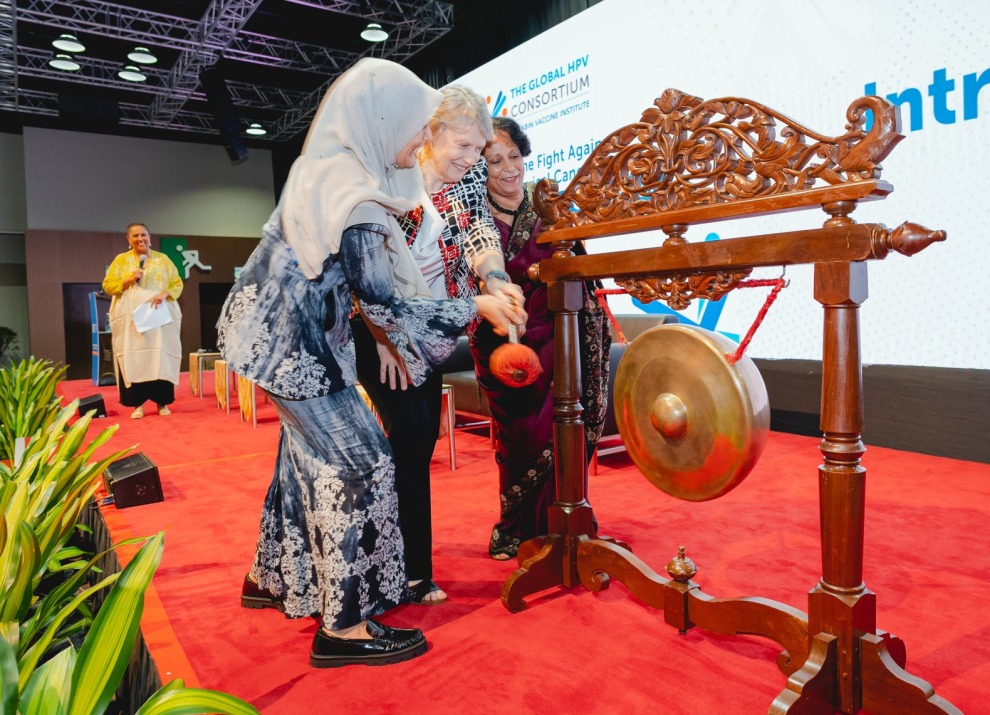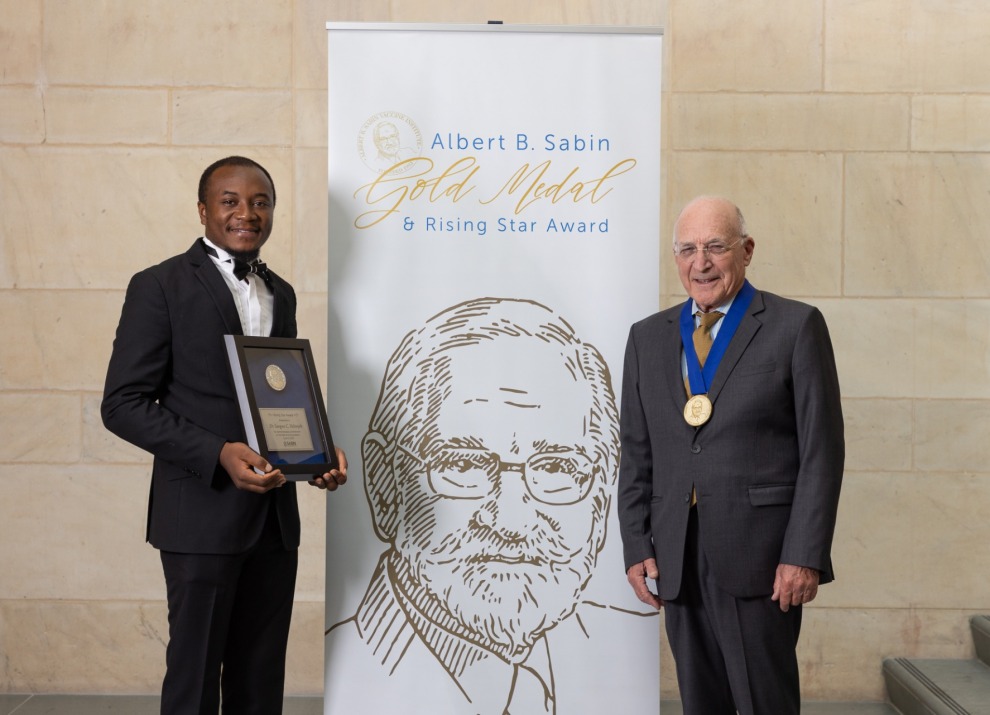Sabin Vaccine Institute Strengthens Ebola Sudan and Marburg Vaccines Program with Additional NIAID Partnership

WASHINGTON, D.C. – The Sabin Vaccine Institute (Sabin) today announced that it has partnered with the Vaccine Research Center (VRC), National Institute of Allergy and Infectious Diseases (NIAID), to manufacture prototype ChAd3 vectored Ebola Sudan and Marburg vaccines to be used for further clinical evaluation and outbreak preparedness and to potentially protect military, first responders, health care and laboratory workers, and other at-risk populations. Sabin will receive $5.3 million to manufacture Ebola Sudan and Marburg vaccines for the VRC.
“We are committed to preventing unnecessary loss of life by bringing vaccines to those that need them most,” said Amy Finan, Sabin’s chief executive officer. “We are pleased to be working with our colleagues at the VRC, who have conducted significant non-clinical studies and early-stage clinical trials with both vaccines.”
Under an existing Research Collaboration Agreement with NIAID VRC, Sabin plans to continue the development of two individual vaccines against Ebola Sudan and Marburg viruses, building on VRC’s work to date. In September, Sabin announced an initial award of $20.5 million with options for an additional $107 million from the Biomedical Advanced Research and Development Authority (BARDA) to further support the two vaccine development programs. The BARDA contract followed an August agreement between Sabin and GSK, under which Sabin exclusively licensed the technology for candidate vaccines against Ebola Zaire, Ebola Sudan, and Marburg viruses and acquired certain patent rights specific to these vaccines.
Life-saving vaccines against these viruses are overdue. From 2014-2016, an outbreak of the closely-related Ebola Zaire virus spread to 10 countries and took the lives of more than 11,000 people. The ongoing Ebola Zaire outbreak in the Democratic Republic of Congo has already claimed the lives of more than 2,200 people and was declared a Public Health Emergency of International Concern by the World Health Organization.
Clinical vaccine material is being manufactured for and funded by VRC under contract, for Good Manufacturing Practice (GMP)-grade Ebola Sudan and Marburg vaccines, through the Medical CBRN Defense Consortium, a consortium established for advanced development efforts to support the Department of Defense’s medical pharmaceutical and diagnostic objectives, at a level of $5.3 million with options up to $8.5 million.
Learn more about Sabin’s Ebola Sudan and Marburg program.
About the Sabin Vaccine Institute
The Sabin Vaccine Institute, a non-profit organization founded in 1993, is a leading advocate for expanding vaccine access and uptake globally, advancing vaccine research and development, and amplifying vaccine knowledge and innovation. Sabin’s R&D strategy focuses on continuing the development of candidate vaccines that have demonstrated early scientific value and target disease primarily impacting the world’s most vulnerable populations, but have little commercial value. Sabin’s ChAd3 Ebola program is funded by the Biomedical Advanced Research and Development Authority within the U.S. Department of Health and Human Services, as well as seed funding from Blavatnik Family Foundation and the David E.I. Pyott Foundation. In past years, Sabin received more than $110 million for vaccine R&D programs from public and philanthropic funding sources, including the Bill & Melinda Gates Foundation, European Commission, Dutch Ministry of Foreign Affairs, Global Health Innovative Technology Fund and the Michelson Medical Research Foundation.
Unlocking the potential of vaccines through partnership, Sabin has built a robust ecosystem of funders, innovators, implementers, practitioners, policy makers and public stakeholders to advance its vision of a future free from preventable diseases. Sabin is committed to finding solutions that last and extending the full benefits of vaccines to all people, regardless of who they are or where they live. At Sabin, we believe in the power of vaccines to change the world. For more information, visit www.sabin.org and follow us on Twitter, @SabinVaccine.
About the GSK-Sabin ChAd3 Filovirus Transaction
In August 2019, GSK and Sabin entered agreements for Sabin to advance the development of the prophylactic candidate vaccines against Ebola Zaire, Ebola Sudan and Marburg viruses. Under the agreements, Sabin exclusively licensed the technology for all three candidate vaccines and acquired certain patent rights specific to these vaccines. The three candidate vaccines were initially developed collaboratively by the U.S. National Institutes of Health and Okairos, which was acquired by GSK in 2013. The candidate vaccines, based on GSK’s proprietary ChAd3 platform, were further developed by GSK, including the Phase 2 development for the Ebola Zaire vaccine. The ChAd3-based vaccines have demonstrated strong safety profiles and encouraging immunogenicity results after being administered to approximately 5,000 adults and 600 children in 13 different clinical trials to date.
About Ebola Sudan and Marburg
Ebola Sudan and Marburg are members of the Filoviridae virus family and are commonly referred to as filoviruses. Both can cause severe hemorrhagic fever in humans and nonhuman primates. No therapeutic treatment of the hemorrhagic fevers caused by filoviruses has been licensed to date.
Marburg and Ebola viruses are transmitted to humans by infected animals, particularly fruit bats. Once a human is infected, the virus can spread to others through close personal contact or contact with bodily fluids. Isolation of infected people is currently the centerpiece of filovirus control.
Marburg was the first filovirus to be recognized in 1967 when a number of laboratory workers, including some in Marburg, Germany, developed hemorrhagic fever. Ebola was identified in 1976 when two simultaneous outbreaks occurred in northern Zaire (now the DRC) in a village near the Ebola River and southern Sudan. The outbreaks involved what eventually proved to be two different species of Ebola virus; both were named after the nations in which they were discovered.







